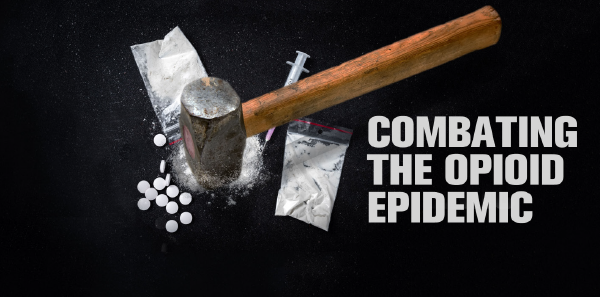
Addiction specialists now use motivational interviewing. This involves a lot of reflective listening with the goal of developing discrepancies between the patient’s goals and their behavior. By evoking an individual’s reasons to change, it allows the patient to conclude that continued use will lead to them not obtaining their goals, such as keeping custody of their children, holding a job, not contracting HIV, etc. This is opposed to us telling them what their goals or outcomes should be.
Explore This Issue
ACEP Now: Vol 37 – No 04 – April 2018Should we expect everyone to enroll in courses and become an expert at such conversations? Absolutely not. Also, we can’t expect everyone to routinely stop in the middle of a busy shift to spend 15 minutes trying to motivate patients to change, although we do this for other less deadly conditions such as low-risk chest pain.
This approach avoids confrontation. It emphasizes adjusting to or rolling with resistance, and not clashing against it with brute force. In short, don’t overtly blame the patient, don’t threaten them with a Foley or restraints, and don’t escalate an already difficult situation. If they seem really concerned that they almost died, empathize, listen, and support them in coming to the conclusion that they could die next time instead of just bluntly telling them they will die and coming across adversarially.
Keep in mind the circumstances when you try to have this conversation. If the patient is in acute withdrawal, we recommend getting them feeling better before having this discussion. Also, words are important. Refrain from using the term “addict” or calling them addicted to improve the chances they will hear you. Specialists currently recommend using the term “opioid-use disorder.” Yes, it may seem a little silly, but that’s OK.
Harm Reduction
Of course, if the patient isn’t ready to hear our message and quit using, maybe changing our approach to a harm-reduction strategy is a better use of our limited time. It would be great if everyone was ready to quit, but that’s just not realistic.
In future columns, we’ll explain harm reduction in detail, but to put it briefly, the idea is to keep the patient alive and as safe as possible until they’re ready to quit. We’re not advocating for encouraging drug use, just understanding that if the patient is going to use, we should attempt to prevent them from acquiring HIV or dying from an overdose.
Even the best of us will have encounters that don’t end well for reasons beyond our control. However, emergency physicians are very skilled at de-escalating and communicating. Hopefully with a few additional tools, you’ll more successfully relate to this population and make your life easier. And if you do, there’s a bonus: Leading by example can make a massive difference in your department.
Pages: 1 2 3 | Single Page





No Responses to “Communication Tips for Reaching Your Opioid-Addicted Patients”